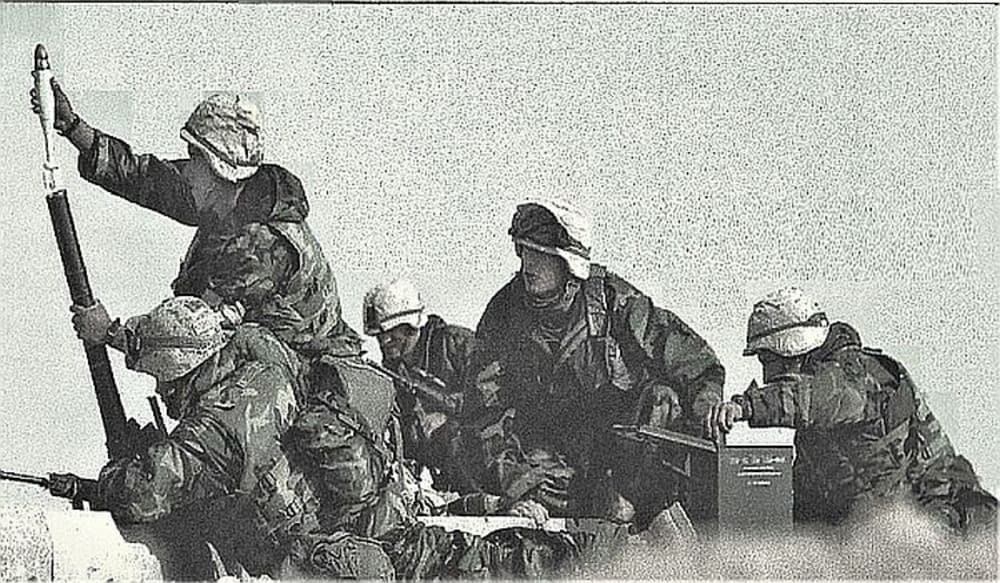PTSD in veterans is sometimes triggered by an event that brings back an embedded memory caused by fear from explosions and stress in combat.
The malady is worldwide and relief from the terror often involves costly psychiatry sessions and medications funded by government programs for thousands of individuals.
The suggestion herein is to reduce the number of PTSD casualties in future conflicts by measuring the susceptibility of all new recruits for military service during Boot-Camp training. Recruits most vulnerable are then guided into careers away from front-line activities that involve explosions.
PTSD susceptibility is defined herein as the time for a recruit to metabolize the volume of Catecholamines (Adrenaline, NorAdrenaline, Dopamine) secreted into the bloodstream and brain due to frights and worry during a field exercise involving live gunfire and explosions. Recruits requiring long times to metabolize are considered to be susceptible.
Individuals having long metabolizing times are vulnerable to severe pooling of Catecholamines in the body and brain if multiple frightening explosions, such as artillery, occur faster than metabolism can consume the volume of Catecholamines secreted in fear after each explosion.
Metabolization time of each recruit is to be measured after a standardized field exercise involving live gunfire and explosions. The time can be measured remotely by monitoring gauges on each recruit that show how long it takes to return to normal the physiological changes in the body (heart rate, breathing, skin voltage, pupil dilation) that are proportional to the volume of Catecholamines secreted.
Psychiatrists treating patients already afflicted with PTSD may also gauge the progress of the ongoing therapy sessions by remotely monitoring the metabolization time whenever an adverse memory is triggered.
If the record of metabolization times does not show decreasing trends after several therapy sessions then a different therapy technique may be advisable.
Like this entry?
-
About the Entrant
- Name:George Kenneth Lucey Jr
- Type of entry:individual
- Software used for this entry:Not applicable
- Patent status:none

